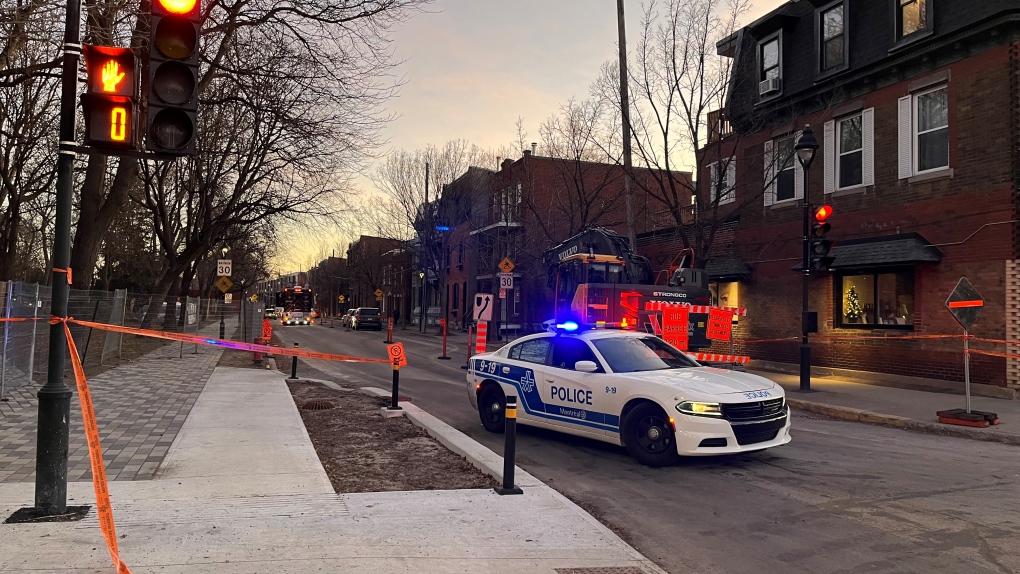23 criminal charges laid in Ottawa human trafficking ring
An Ontario Provincial Police logo is shown during a press conference in Barrie, Ont., Wednesday, April 3, 2019. THE CANADIAN PRESS/Nathan Denette Ontario Provincial Police has arrested four young adults from Ottawa and laid 23 criminal charges related to human trafficking. Police say the ten-month investigation began in October 2022, where OPP was made aware […]
23 criminal charges laid in Ottawa human trafficking ring Read More »






